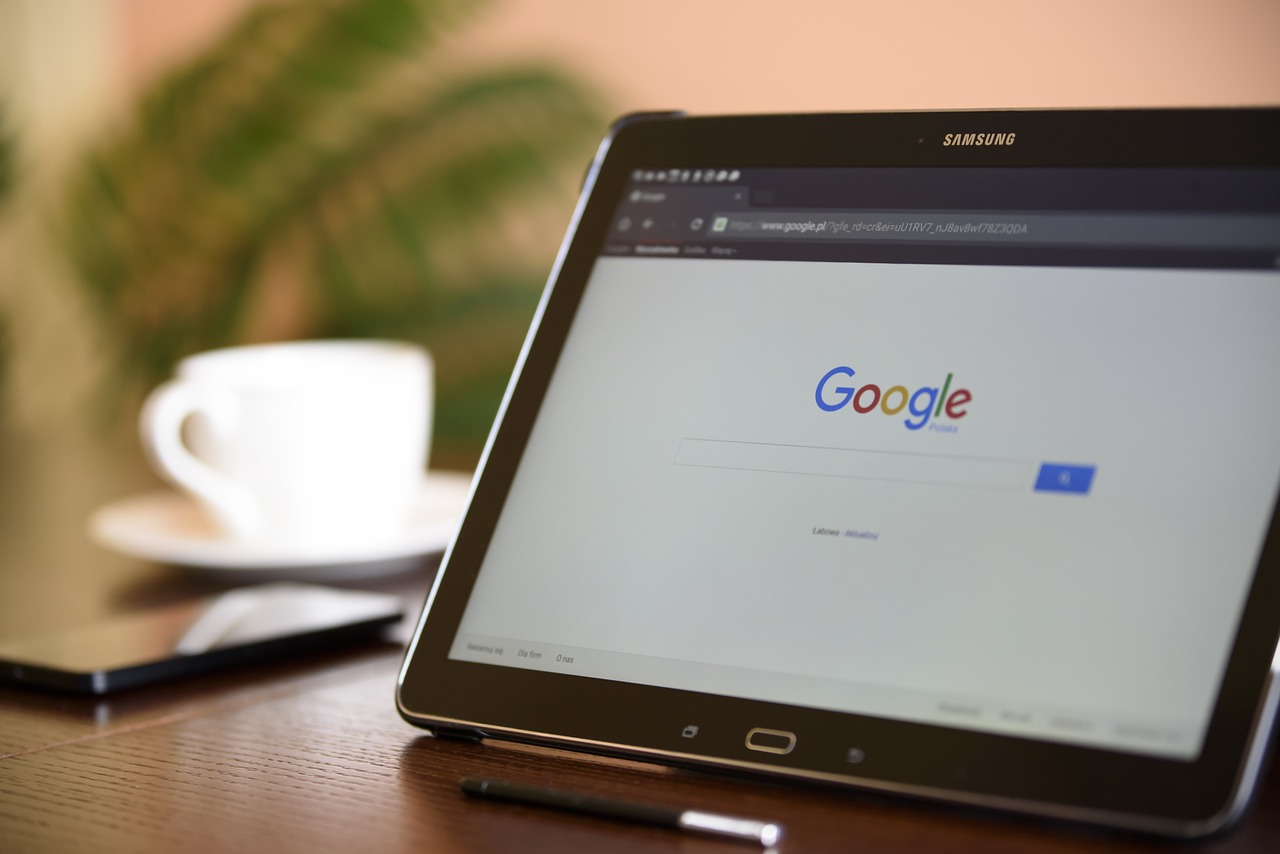The Impact of Social Media Algorithms on Society
Social media algorithms are intricate systems designed to curate the content each user sees on their feed. These algorithms analyze user behavior, such as likes, comments, shares, and the time spent on certain posts, to tailor the content shown to individuals. By doing so, social media platforms aim to enhance user engagement and keep users on their platform for longer periods. These algorithms continuously learn from user interactions, adjusting and refining the content displayed to suit the preferences of each user.
The algorithms used by social media platforms prioritize certain types of content based on individual user preferences and behavior. This means that what one person sees on their feed may differ significantly from what another user sees, even if they follow similar accounts. Understanding how these algorithms work can help users navigate their social media experiences more effectively and engage with the content that matters most to them. By recognizing the role algorithms play in shaping online content consumption, users can make informed decisions about the information they consume and how they interact with social media platforms.
The Role of Algorithms in Shaping Online Content
In the realm of online content, algorithms play a pivotal role in determining what users see on their screens. These complex mathematical formulas are designed to analyze user behavior and preferences, tailor their online experience, and ultimately shape the content they engage with. By examining factors such as past interactions, search history, and demographic information, algorithms work behind the scenes to curate a personalized feed for each user.
Through the process of data crunching and pattern recognition, algorithms have the power to influence the type of information that surfaces on a user’s social media feed. While this can enhance user experience by providing relevant and tailored content, it also raises concerns about the potential for creating filter bubbles and echo chambers. With algorithms dictating what content users are exposed to, there is a risk of limiting diverse perspectives and reinforcing existing beliefs, thereby influencing the way individuals perceive the world around them.
Filter Bubbles and Echo Chambers in Social Media
Filter bubbles and echo chambers in social media refer to the phenomenon where individuals are only exposed to information that aligns with their existing beliefs and opinions. This creates a situation where users are surrounded by like-minded perspectives, leading to reinforcement of their own viewpoints without encountering opposing views. As a result, users may become insulated from diverse opinions and may struggle to see alternative viewpoints on various issues.
The algorithms used by social media platforms play a crucial role in shaping filter bubbles and echo chambers by curating users’ feeds based on their past interactions and preferences. By showing users content that they are more likely to engage with, algorithms inadvertently contribute to the polarization of opinions and the spread of misinformation. This can have far-reaching consequences on society by limiting exposure to diverse viewpoints, hindering constructive dialogue, and possibly even deepening societal divisions.





